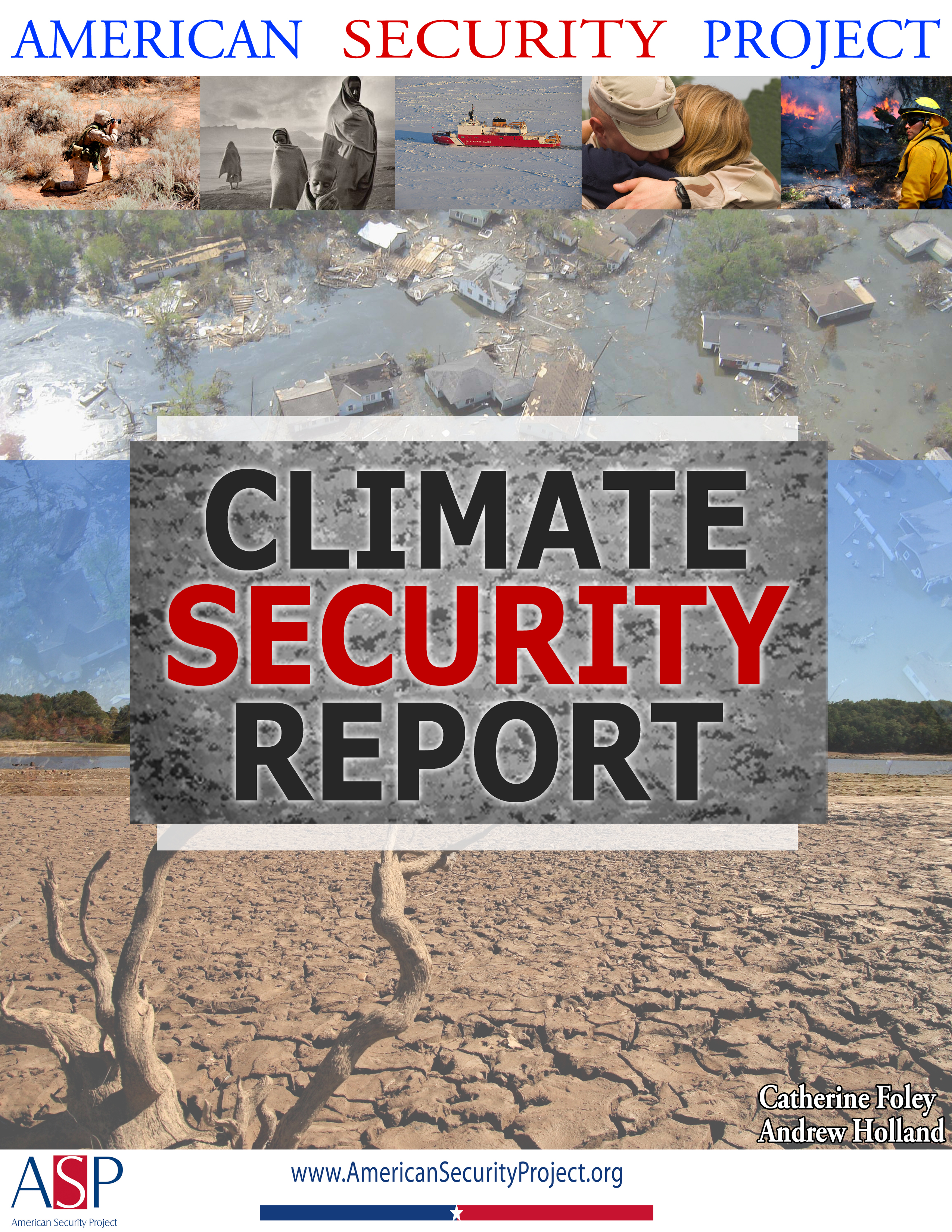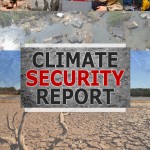
Military Basing and Climate Change
Climate change poses significant long-term national security threats to the United States. Drought, severe storms, floods, and altered natural resource availability are just some of the consequences of climate change.
However, not only will the effects of climate change threaten civilian populations, but they will also put U.S. military installations at risk.
The U.S. military manages properties in all 50 U.S. states as well as in 40 countries around the world. These bases may be subjected to economic and physical damage, threatening the effectiveness of their operations.
The American Security Project put together this fact sheet, “Military Basing and Climate Change,” which details the five military bases around the world that are most vulnerable to climate change. To read more, check out the full “ Climate Security Report,” from which the fact sheet was adapted.
You can read the whole of the Climate Security Report here.
Military Basing and Climate Change









[…] military bases. ASP goes into detail on this important issue in a fact sheet, which you can find here. Some of the most threatened bases are: Diego Garcia, an important logistics hub in the Indian […]
[…] OpEd was adapted from ASP’s Policy Brief on the topic, which you can find here. Be Sociable, Share! […]
[…] Military Basing and Climate Change […]
[…] Military Basing and Climate Change, November 2012 […]
[…] climate change directly threatens U.S. military installations at home and […]